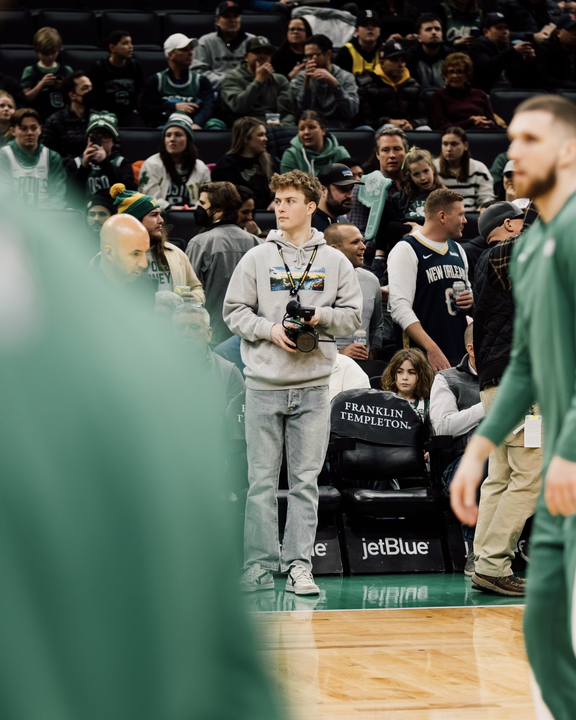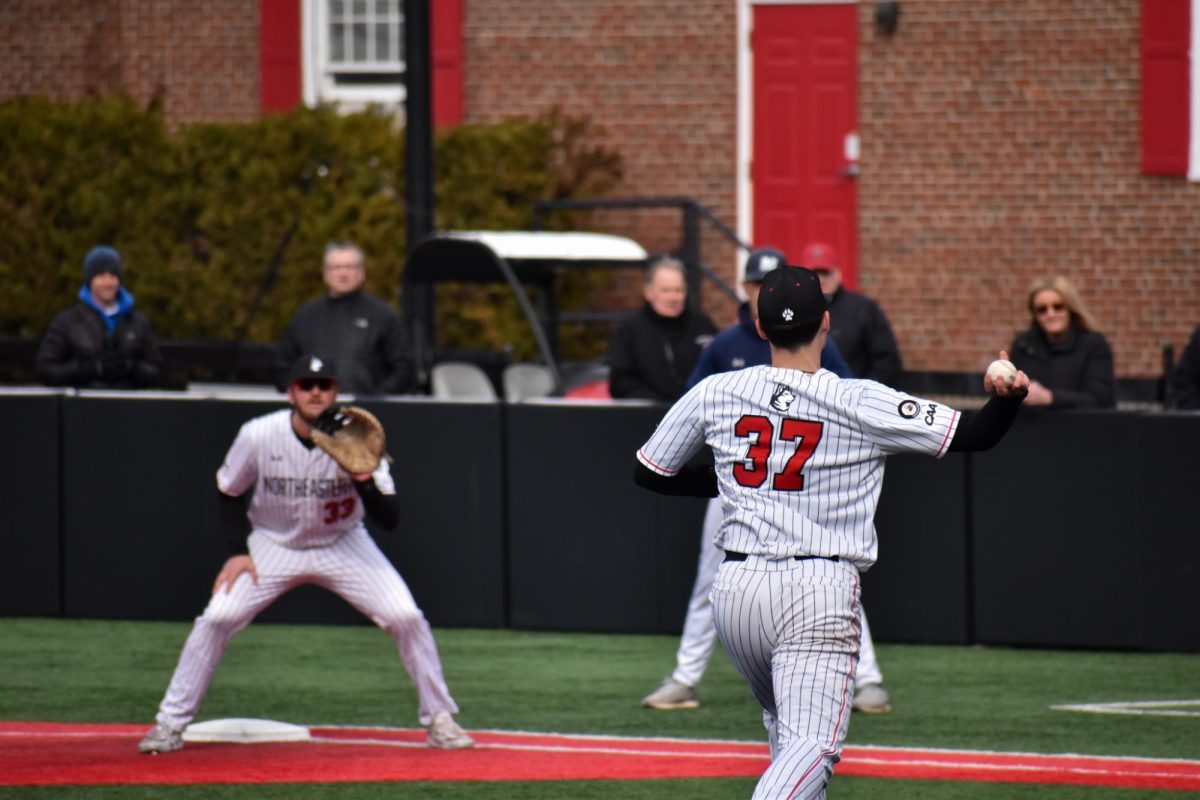The Arian Foster IP-No
Arian Foster, the Houston Texans All-Pro running back, is currently day-to-day after missing most of the his team’s Week 8 game against the Kansas City Chiefs with a hamstring injury. Foster being sidelined is problematic for Head Coach Gary Kubiak and Texans fans everywhere, but in the near future, it could be cause for concern for Foster’s investors, too.
In a recent S-1 filing with the Securities and Exchange Commission (SEC), Fantex, a new trading platform enabling consumers to invest in securities tied to the economic value of athlete’s brand, announced the initial public offering of “Fantex Series Arian Foster Convertible Tracking Stock.” The security is traded exclusively through Fantex and will not be listed on other, more recognizable marketplaces like the New York Stock Exchange or the NASDAQ.
In what the company hopes is the first of many athlete contracts, Fantex reached an agreement to buy a 20 percent stake in Foster’s future brand-related income for $10 million. Brand-related income is defined by Fantex as money earned through Foster’s status a professional football player, and extends beyond his NFL career (i.e. player/broadcasting contracts, appearance fees, sponsorship deals, etc.).
Fantex will then issue 1.055 million shares at $10 each to investors on its start-up trading platform. Over the course of Foster’s career, Fantex will receive 20 percent of his brand-related income, with the implication that a portion of each payment will be passed on to stockholders in the form of dividends. Individuals who purchase the stock are actually investing in Fantex’s exchange; they are not buying a direct equity stake in Foster’s earnings. The company has the ability, but not the obligation to share each windfall with stockholders.
While this is an interesting way to forge another connection between players and fans, there are flags all over the field.
A 20 percent stake at $10 million values Foster’s long-term earnings at $50 million. The prospectus filed with the SEC states that 75 percent of the brand-related income used in projections “is derived from anticipated future contracts that do not exist as of the date of this prospectus.” It goes on to say the opportunity for investors to break-even or earn returns on their investment hinges on “Foster’s ability to enter into at least one additional multi-year NFL player contract on terms that are, on an average annualized basis, economically comparable to his existing NFL player contract.”
Foster is 27 years old, and plays one of the most physically demanding positions in professional sports. He is currently signed with the Texans through the 2016 season, meaning he won’t be able to sign his next NFL player contract until he is 30. As a basis for comparison, 30 year-old running back Steven Jackson, a three-time Pro Bowl selection, signed a three-year, $12 million contract this offseason with the Atlanta Falcons. That isn’t a bad paycheck, but it’s a steep dropoff from the six-year $49.3 million contract he signed with the St. Louis Rams at age 25. As an aside, Jackson has only appeared in two games so far this season, missing significant time due to a hamstring injury.
Further, a large portion of most NFL contracts are not guaranteed. If Foster gets seriously injured, or experiences a significant decline in performance, he can be cut with his team only on the hook for a fraction of the contract’s face value.
Beyond the valuation, there are several financial reasons this spells disaster for investors.
Common stock isn’t a natural fit for the nature of an individual’s earnings. Unlike a company, which projects long-term growth, Foster’s earning potential declines as he ages – every time he receives his NFL paycheck, his unrealized brand-related income decreases. Accordingly, the Foster stock should decrease in value over time, as there is less remaining expected income to pass on to investors. This phenomenon is sometimes seen temporarily in traditional financial markets in the time leading up to, and immediately following, an expected dividend payment.
Within the market itself, there is no liquidity. Investors must trade the security through Fantex, and there is currently only one security available through their brokerage. Until Fantex is able to secure more athlete contracts, there is a significant risk that there might not be someone on the other side looking to buy once you’re ready to sell.
Lastly, beyond the basic risks of Foster getting hurt, or doing something that compromises his brand, there are also the Fantex-related risks. Investors are putting their money into Fantex, a start-up with a highly speculative business proposition. The S-1 notes that the company has incurred significant losses since its founding, and that it expects to continue to experience losses in the future. Even if Foster is able to live up to the $50 million valuation, Fantex still has to get out of the red for investors to get their money back.
It’s a brilliant move for Foster. The $10 million buyout provides a hedge against playing in a league characterized by injuries and non-guaranteed contracts. While it may be giving Foster financial stability, don’t expect to retire off returns from the “Fantex Series Arian Foster Convertible Tracking Stock” yourself.
– Dylan Lewis can be reached at [email protected]













